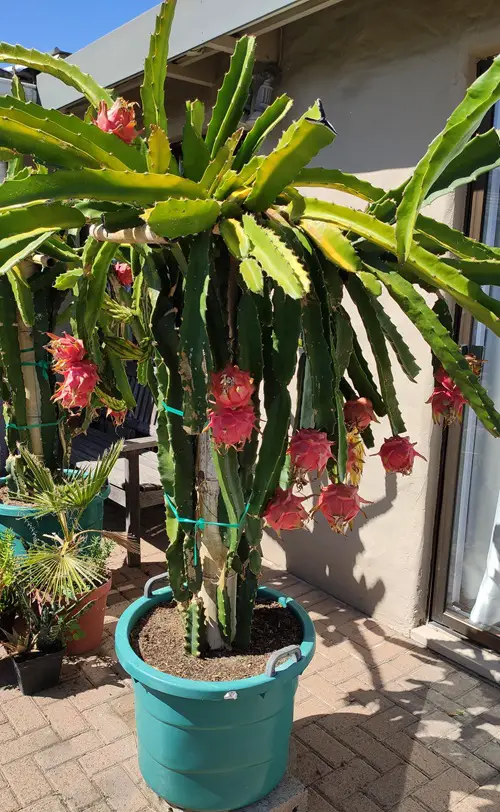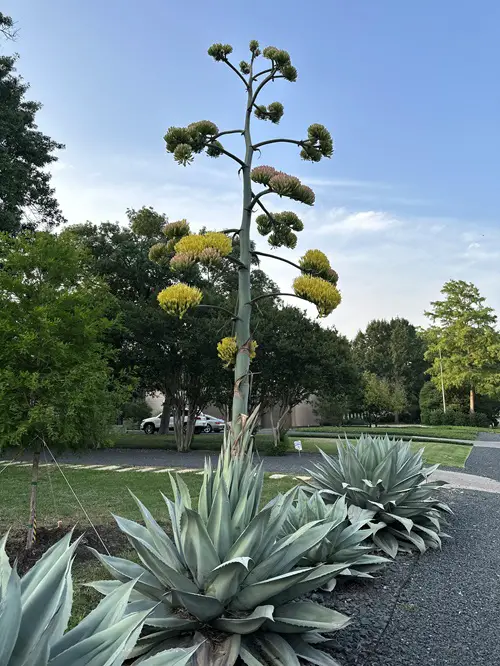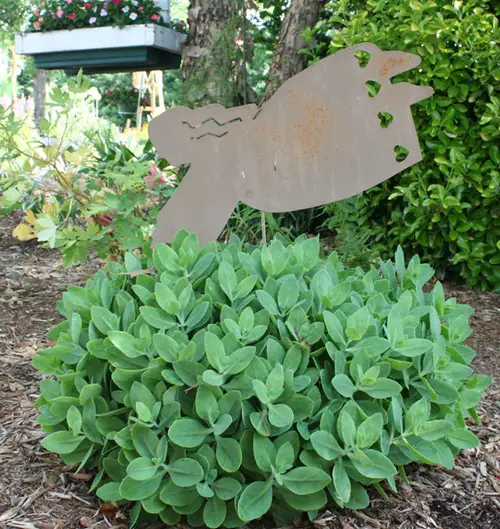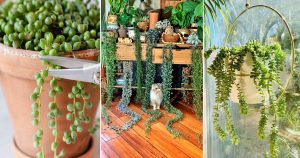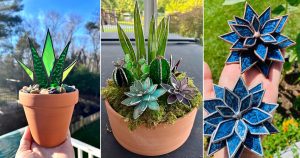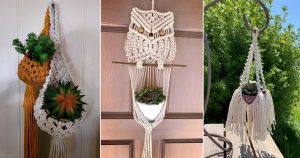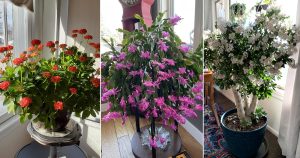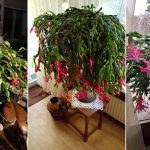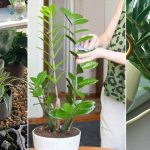Have you ever thought about eating your plant? Yes, you can have some of the edible succulents in your diet—Find out the ones!
Succulents are popular for their thick, drought-resistant nature. However, there are several plants that have nutritional health benefits as well. However, knowing which ones to eat and how to eat them is very important. So, choose and eat wisely, when it comes to edible succulents!
Top 11 Edible Succulents You Need To Know
1. Purslane
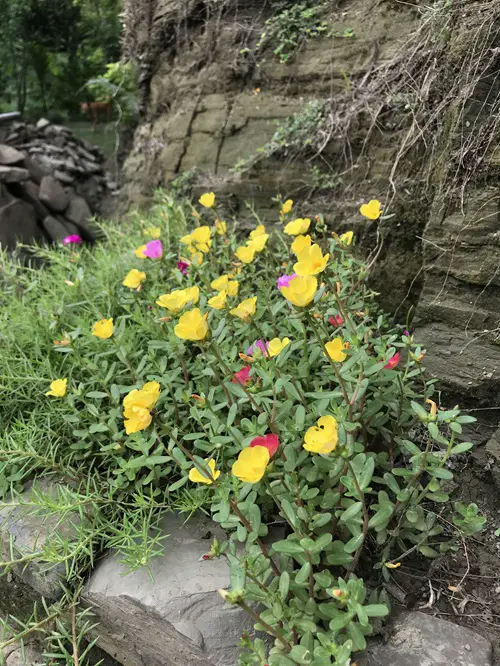
Botanical Name: Portulaca oleracea
Some of these weeds, aka. glossy succulents, might be growing in your farms! Purslane pretty much grows anywhere including backyards or sidewalks. Native to Persia and India, they are currently growing worldwide due to their popular health benefits. The leaves and stems are rich in omega-3 fatty acids and antioxidants.
The tender leaves are useful for salads, soups, or sautéed. Additionally, the taste is slightly sour or tangy and salty. Moreover, purslanes can be cooked like spinach to dilute the oxalic acid content and sour taste.
Tip: Purslanes are way cheaper than Salmon if you want to add omega-3 fatty acids to your diet.
2. Dragon Fruit
Botanical Name: Hylocereus species
Let’s talk about how to eat them and the health benefits of this delicious cactus fruit because you will find the common descriptions in our earlier article. There are several types of Dragon fruits commercially available including varieties with pink/red or white pulp and some have yellow skin. These fruits are mostly everyone’s favorite as sweet dishes and milkshakes.
Apart from that, dragon fruit is extremely healthy as it contains proteins, low-fat content, loads of fiber, antioxidants, and vitamins C and E. The presence of these antioxidants and vitamins can be helpful in the treatment of chronic diseases like heart disease, cancer, and diabetes as well.
3. Aloe Vera

Botanical Name: Aloe barbadensis
Besides being popular in the cosmetic industry, Aloe vera is useful as food too. It is a succulent with long fleshy leaves and spiny margins. Surprisingly, there are over 200 species of Aloe, although the yellow-flowered Aloe barbadensis is the safest choice for consumption.
So, the pulpy gel inside the portion of Aloe leaves is edible either cooked or raw. Peeling the skin is necessary to extract the inner gel portion. Later, rinse the pulp carefully with sterile water to remove the remaining latex and your Aloe pulp is good to go with salads or smoothies. The taste is slightly bitter and is great for digestion.
4. Prickly Pear
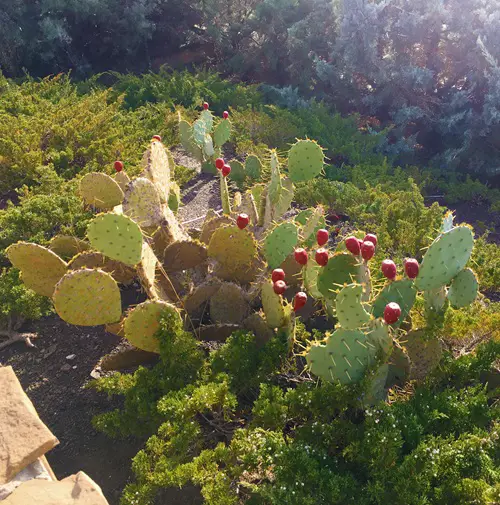
Botanical Name: Opuntia species
The popular Prickly pear cacti are quite easy to grow in all regions except humid places. Here’s a disclaimer: the tastier the fruit, the harder it is to acquire! Because the whole Prickly pear plant is covered with spines and thorns along with the fruit! So, the hardest part to digest is that it takes a lot of carefulness during harvesting and peeling the outer layer of the fruit until you reach the sweet taste of your success! Don’t skip your gloves!
The pads or nopales of the plant are cooked, and the fruit is consumed raw or used to make jams, jellies, and beverages. The pads have a tangy flavor and the fruits are sweet similar to that of watermelons. Moreover, the nopales are made as salads, tacos, and stir-fries as well.
5. Century Plant
Botanical Name: Agave Americana
Do you know that the Century plant is useful in the making of Tequila? Interestingly, the plant has a sweet nectar that can be used as an alternative to sugar. Additionally, as it is vegan it is an alternative to honey for many people. This nectar is fermented to make tequila!
The edible parts of this plant are the flowers, stalks, and basal rosettes. Both the flowers and the buds are boiled or steamed and later added to scrambled eggs or fries. Please make sure to remove the pollen from the flowers before boiling them. Other parts like the stalks, basal rosettes, and leaves are trimmed and removed to extract the large Agave heart and lastly baked in the final process.
Toxicity: While the sweet nectar is safe, raw Agave sap can irritate the skin and cause stomach issues if eaten. Always cook or process it properly before consumption.
6. Stonecrop or Live Forever
Botanical Name: Sedum species
Stonecrops are mostly perennials with thick succulent leaves or fleshy stems. The leaves and flowers of most of the Sedums are edible. You can add them to soup recipes, smoothies, and green salads for their mixture of astringent sour and peppery taste. Besides, the leaves are famous for preparing plant extract to use as external traditional herbal medicine. Reportedly, the plant has diuretic and laxative properties.
Note: Kindly identify the edible species carefully for those that are not edible may have toxic effects on the human body.
7. Common Ice Plant
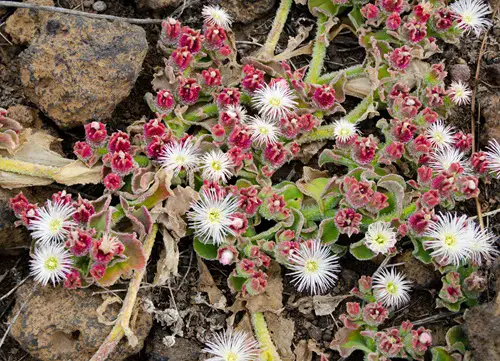
Botanical Name: Mesembryanthemum crystallinum
Native to North Africa, southwestern Africa, western Asia, and southern Europe, the Ice plant is a wildly growing halophyte (salt-tolerant) plant that grows in soil or waters of high salinity. This is a unique succulent with sparkling, fleshy leaves that look like they’re covered in ice crystals. They are generally available in the maritime sands and water marshes.
The leaves and the stems can be consumed raw or cooked. They have a jelly-like interior that tastes like salty ocean water and has a bit of crunch! Moreover, the plant turns out to be sweeter after attaining maturity. Several recipes include pickling the Ice plant leaves, salads, garnish, and so on.
Fact: It is a common ingredient in Mediterranean cooking, for making salads or cooking various other recipes.
8. Sea Beans or Sea Asparagus
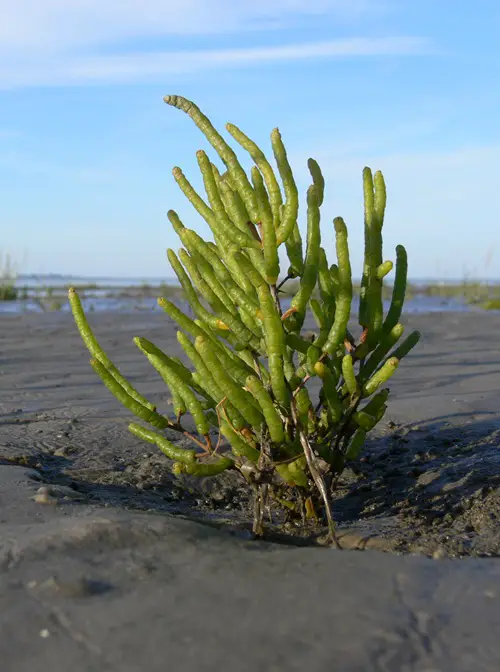
Botanical Name: Salicornia europaea
One more that grows in salty marshlands and coastlines! Sea beans are alien-like-looking, easy to identify because no other plants have the same growth habits. Sea beans or Sea asparagus is also popular as Salicornia. The stems of the plant or somewhat the whole plant seem to look like multi-knuckled, green fingers rising from the water!
They can resemble beans but taste nothing like beans. The taste is salty, crispy, and fresh texture, and exactly why it is so popular! Consumed as salads, pickled, or served as a garnish. Super common in coastal cuisine and you are certainly lucky if Sea beans are available in your region.
9. Banana Yucca
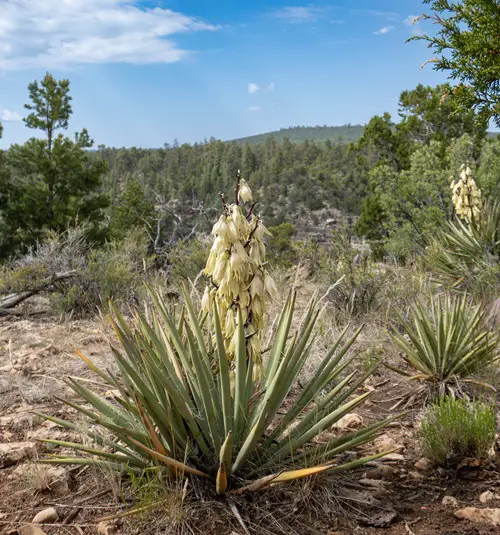
Botanical Name: Yucca baccata
Banana Yuccas look like short-fat bananas. These fruits are the traditional ones of the Apache and Navajo and also the State flower of New Mexico. The whole plant looks like the Pineapple plant but only with a stalk of white flowers in a bunch. The fruit is borne on the central flower stalk. There are 40 other Yucca species although not all of them are edible. Some of the few that are edible are Yucca elata, Yucca madrensis, and so on. They are useful landscaping plants in the Southwestern regions.
Preparation of the fruits starts by roasting or baking, stripping out the seeds, and pounding the remaining flesh into a pulp that forms into flat cakes. Later these are sun-dried for preservation to use further. The latter product is nutritious and sweet to taste. Additionally, the flowers and the flower stalk are also edible when they are mature and can be useful in the kitchen as a vegetable!
Fact: Besides, food the leaves are used to weave baskets, brushes, or thread, and the roots are made into soaps!
10. Oyster Leaf
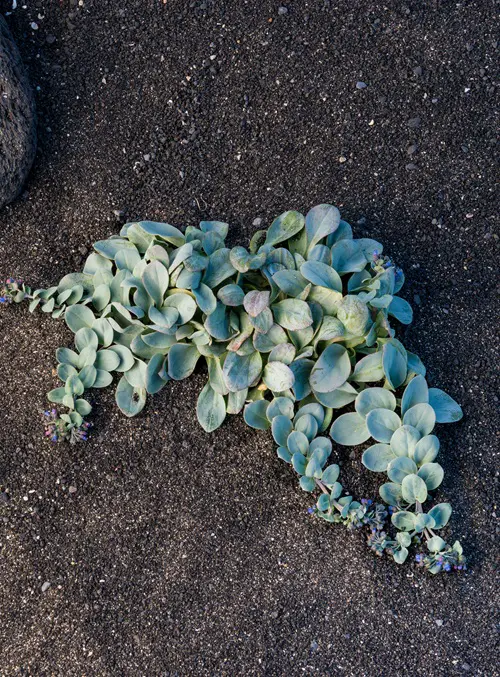
Botanical Name: Mertensia maritima
Also goes by the name Sea Bluebells, it grows wildly in the northern parts of Canada, Greenland, and Scotland. native to cold oceanic climates along the North Atlantic coast, these succulents are very popular for their unique and flavorful nature and health benefits. Oyster leaves are small succulent plants with dark green, glossy, and waxy leaves that have a seafood-like aroma.
They mostly grow in clumps or form ground covers and can reach up to 10 inches in height. The aroma of this plant is similar to that of seafood and the taste is sweet-salty, often like oysters. Mostly consumed raw but can be cooked or pickled as well.
11. Cape fig
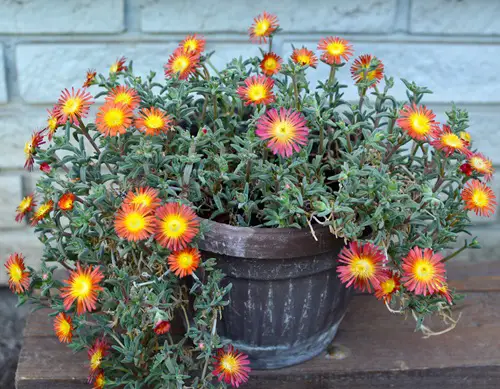
Botanical Name: Carpobrotus edulis
A creeping succulent with fleshy leaves and bright daisy-like flowers that produce edible fruits! Native to South Africa but can grow in cooler places like Australia and California as well. The plant grows up to 1 foot tall and 5 feet wide in diameter. The leaves are fleshy, elongated, and devoid of stalk. Additionally, the flowers appear at the tips of short side branches or terminal branches.
The fertile pink flowers bring globular, or sub-globose fruit that is about 1.5 inches in diameter, on a winged stalk. These fruits contain several seeds that are embedded in the sticky, sweet, jelly-like mucilage. Generally, the fruits are edible, raw, and fresh and the taste is salty-sour and astringent. Plus, they are often useful for making jams and preservatives.
Hoping that you liked the dig! So, now you can bring home some of these nutritionally benefiting plants and add to your food habits! Let us know what are your top favorite edible succulents!

